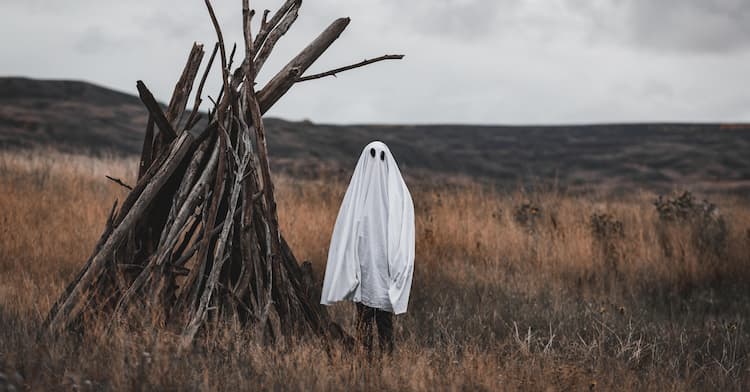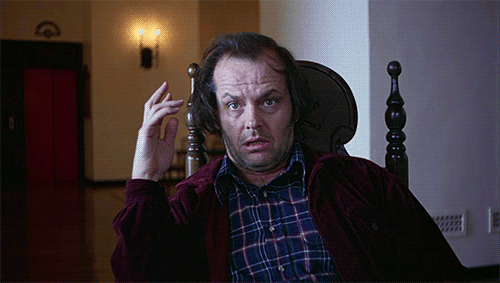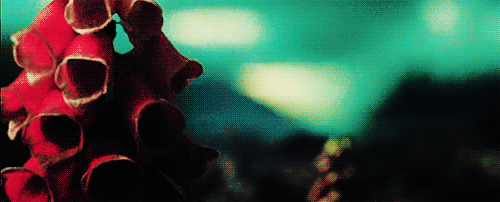How to Write Horror and Scare Your Readers!
There’s something delicious about creeping along a dark hallway with a character, feeling their terror as they grip their kid’s baseball bat with sweaty fingers. Something woke them from a deep sleep. Something is not quite right. It could be the tree scratching against the window. It could be the cat.

But we know it’s neither of those things, don’t we? We know something terrible is waiting in the shadows, something with ripping claws and teeth.
Something hungry.
Keep on reading to know how to write a horror story and create anticipation and suspense in your next book!
Let Your Reader Get to Know Your Characters
To write great horror, you must create characters your readers care about. That means you need to give your reader time to get to know your character before you let your monster out to play. Violent opening scenes often don’t work because the author hasn’t given the reader any reason to care about the person getting mangled. If you want to make me stay up way past bedtime to find out what happens to the main character, let me get to know them. Give me time to care about them.
You don’t have to spend thousands of words or several chapters doing this, either. Give your character problems your reader can identify with. Give them struggles. Figure out how to make your reader identify with them. The minute you do that, your reader becomes your character. When that happens, you can bet they’ll get shivers up their spines when they catch a glimpse of something looming outside their window late at night.
Want a great example? Think of Jack Torrance in the horror novel; The Shining.

Be Mindful of Your Word Choices
You can turn up the horror factor of a scene by being deliberate with your word choices. Let’s say your character is in a park on a bright, sunny day. Nothing to fear from the perky tulips lining the sidewalk, right? If this scene leads up to a confrontation between your character and the monster, don’t let those perky tulips go to waste. They’re blood red, aren’t they? The lurid color reminds your character of the claw marks on her dead husband’s chest. A child could pick those flowers, or rip them violently from the ground. Perhaps they’re wilted, dying, a description of their rotting leaves and bug-bitten petals evocative of the terror to come.

Pacing Is Key
Consider sentence length when you’re writing your scary scenes. When you want to slow the action, make your sentences longer. When the monster attacks, go short. Staccato even. If a scene isn’t working, change up the pacing. Perhaps you usually write your action scenes in short, abrupt sentences but the scene is falling flat. Rewrite it, playing with the sentence length and the structure of the paragraphs. Don’t be afraid to play your words.
Don’t be

Afraid
Let Your Setting Scare Your Readers
When Clarice finally meets Hannibal Lecter, we’re already creeped out by the dude. Why? Because we saw what Clarice had to go through just to see the guy. We heard the rules. We saw the guards and the glass between Clarice and the otherwise unremarkable older man. We didn’t have to be told the dude was bad; we could see it.

You can use the setting to your advantage. Think of the intrepid knight searching for the dragon. We don’t have to see a description of the wyrm to know it’s vicious. Show us the burned village, the gutted sheep. Show us the other knights, beheaded and left deliberately in the main character’s path as warnings. Let us see the terrified old woman who can’t stop shaking, who can’t even talk, who can only point a bloody finger at the gleaming scale embedded in the door of her house.
Don’t Reach for the Obvious
Remember those perky tulips? Not exactly scary flowers, are they? Even bright sunlight can be scary if you set it upright. A kindergarten classroom on a bright, spring day could be scarier than an abandoned mental hospital at night if you set up the scene right. That man over there in the corner? He’s not the teacher, is he? He has a vial of poison in his pocket. All he has to do is break the glass and all those laughing six-year-olds will be dead in less than twenty minutes. The laughter of those kids becomes heartbreaking, brittle. The cheery song about bananas becomes menacing. What is he waiting for? What will set him off? Jimmy’s ball banging against the wall? Kassie’s wail when her friend pulls her hair?

When you write your scary scenes, don’t just reach for the leering demon or grinning clown. Make even the most mundane things terrifying. Your readers will thank you.
Bonus Tip!
Like these tips for writing horror? Here’s a bonus one.
When you sit down to write your horror scene, take a few minutes to remember a time when you were scared witless. Maybe you almost fell down the stairs at work, or you thought you saw someone creeping outside your window, or a dog lunged at you when you were walking home from school when you were ten.
Dip down into those scary memories and try to recall how you felt, the thoughts that ran through your head, the way your stomach clenched, your skin crawled, etc … then use those memories to imagine the scene in your head. Put yourself in your character’s place, drop down into their goosebump-covered skin, and let yourself panic as you try to figure out what’s lurking in the shadows at the end of the hall.
It’s probably nothing.
I’m sure it’s fine. Just a shadow.
Oh god.
Run.

.
Read More
Resources for Horror Writers: How to Spook ’em Right
The Art of Writing Short Stories
How to create an interactive ebook: A step-by-step guide
Top 10 Inspirations and Resources for Fiction Writers
10 Basic Steps for Reviewing Your Writing















Saroni Kellogg
May 29, 2017Great tips! These are things I know (academically), but you present them in a way that makes it easier to see what I’m looking for. I look forward to reading more from you.
Kotobee
June 7, 2017Thanks, Saroni. Glad you found it helpful. You might also enjoy this article by Jen Ponce:
Resources for Horror Writers: How to Spook ’em Right
https://www.kotobee.com/blog/resources-horror-writers/
John Booker
June 13, 2017only some pictures create horror here ,anyways thanks for your share.
Kotobee
June 14, 2017Next time you’re creating a scene full of suspense, anticipation, fear or horror, try out a couple of these techniques. You’ll find the results tend to be very interesting.
John Booker
June 14, 2017Thanks for your reply kotobee.
Angela
August 13, 2017You got a problem with one of your links at the bottom of the article under ‘you might also enjoy’ – the 10 basic steps for reviewing your writing
Kotobee
August 13, 2017Thanks for the alert, Angela! It’s fixed now. Here’s the link for that article, if you’re still looking for it: https://www.kotobee.com/blog/10-basic-steps-reviewing-writing/
Sawan
October 7, 2018Loved this article ??
Kotobee
October 8, 2018Thank you Sawan
Zake Kuerten
November 21, 2018Love those tips. They helped me a lot. Thank you so much!
Kotobee
November 29, 2018Our pleasure!
Daniel Ivanov
June 5, 2019Thank you I just started writing Kindle Ebooks horror ones of course 😉 great tips I will try to play with the rhytm of the scenes and make my readers already scared before even something really do happens !!
Kotobee
June 9, 2019Hello Daniel,
We’re glad these tips were of help to you. Good luck with your writing!
Megan Morley
May 26, 2025This blog was super helpful! I liked how you explained using simple things like tulips or a classroom to make a scene scary. Your tips about pacing and word choice really helped me understand how to write better horror. Thank you!